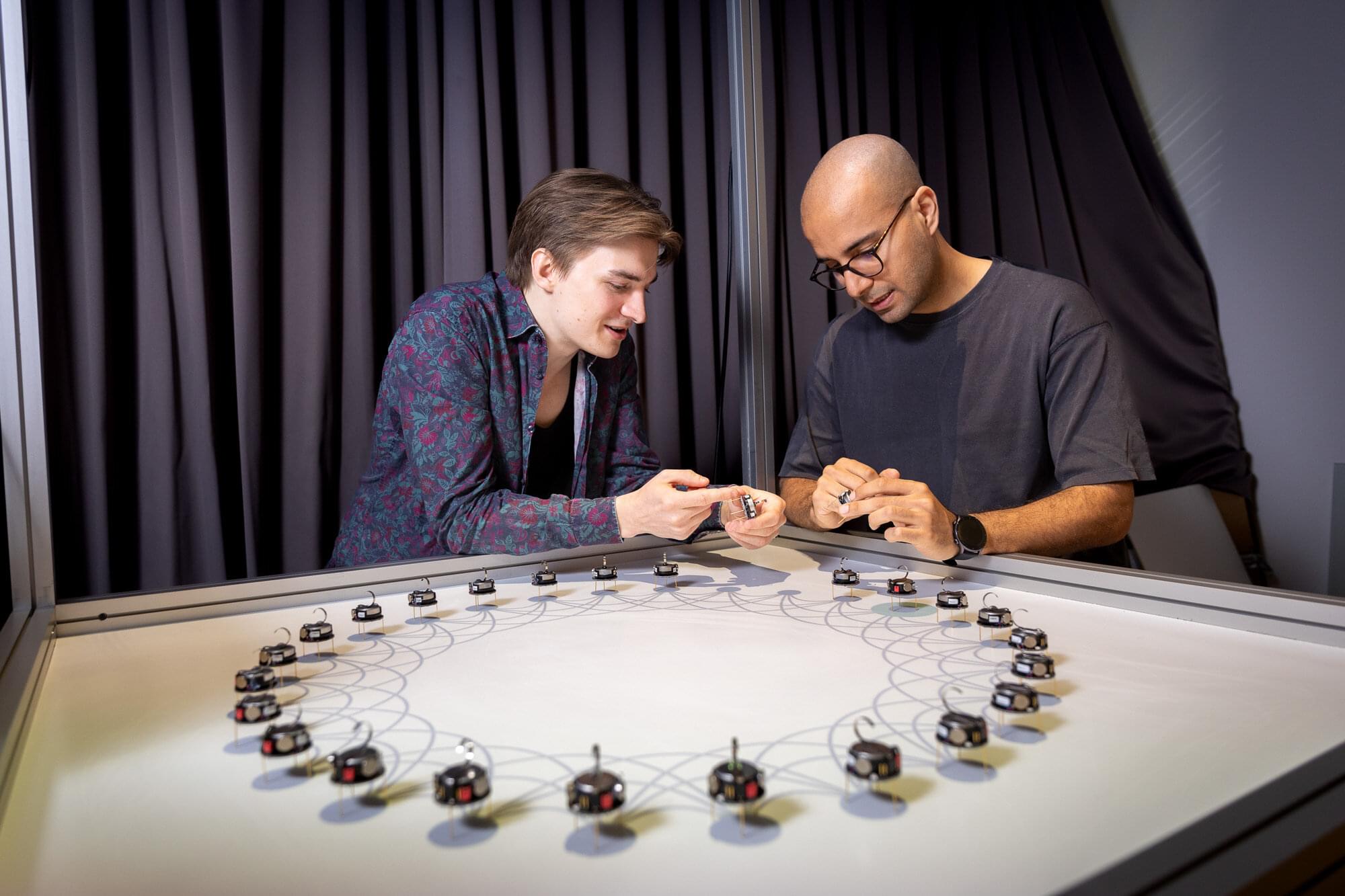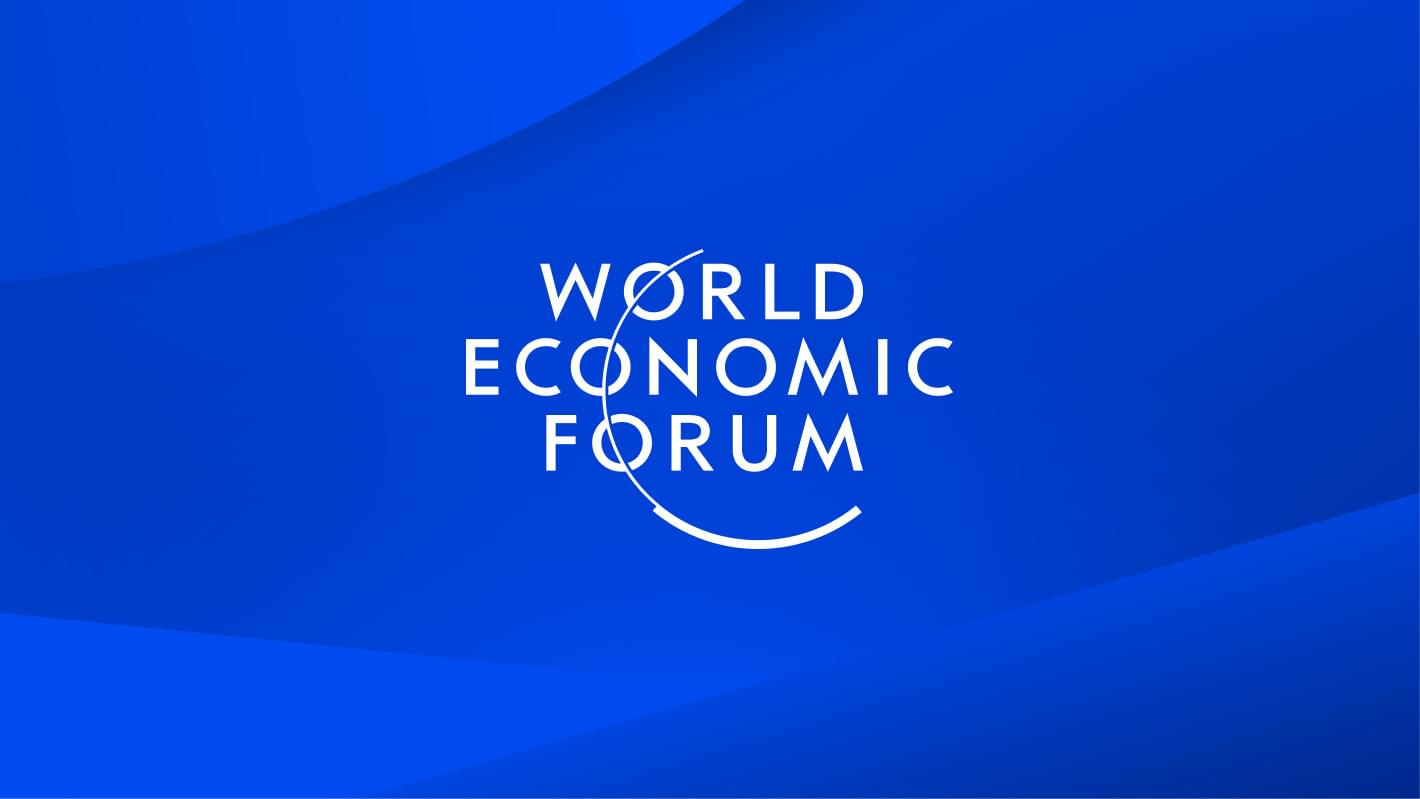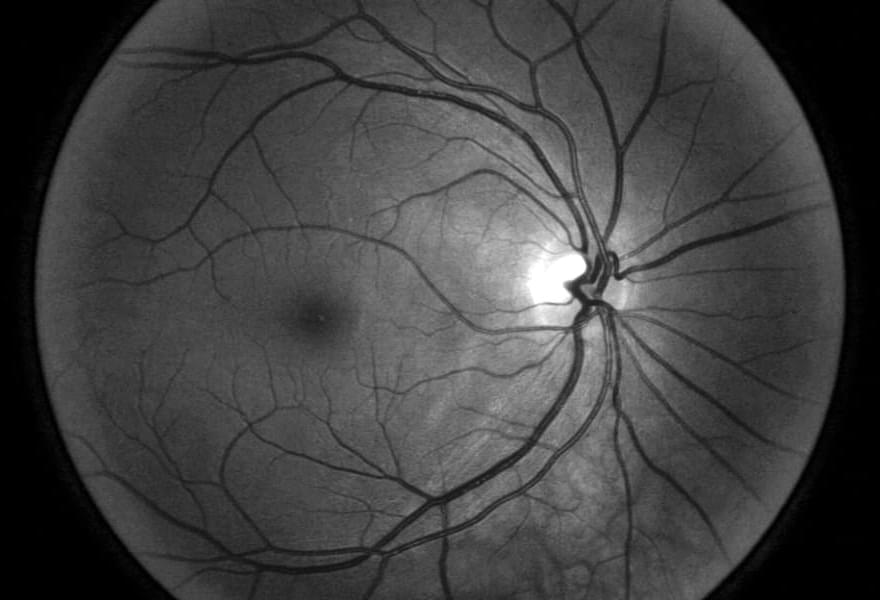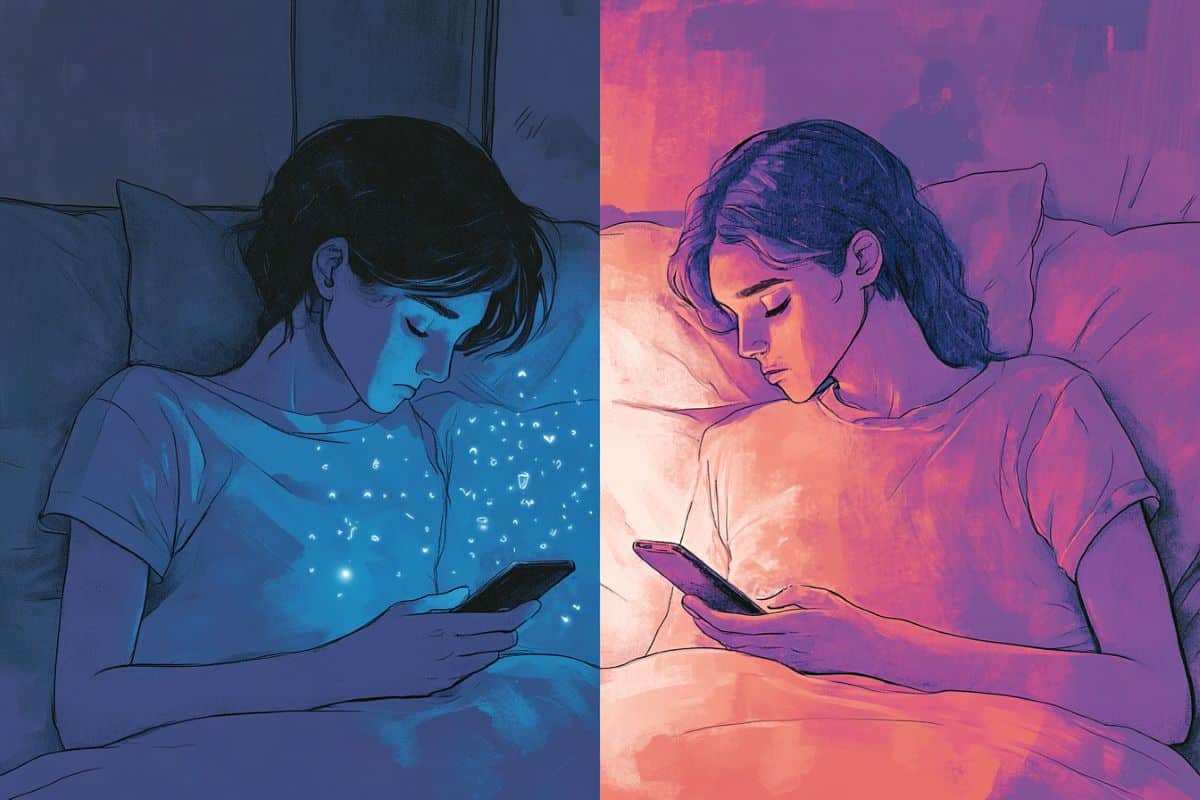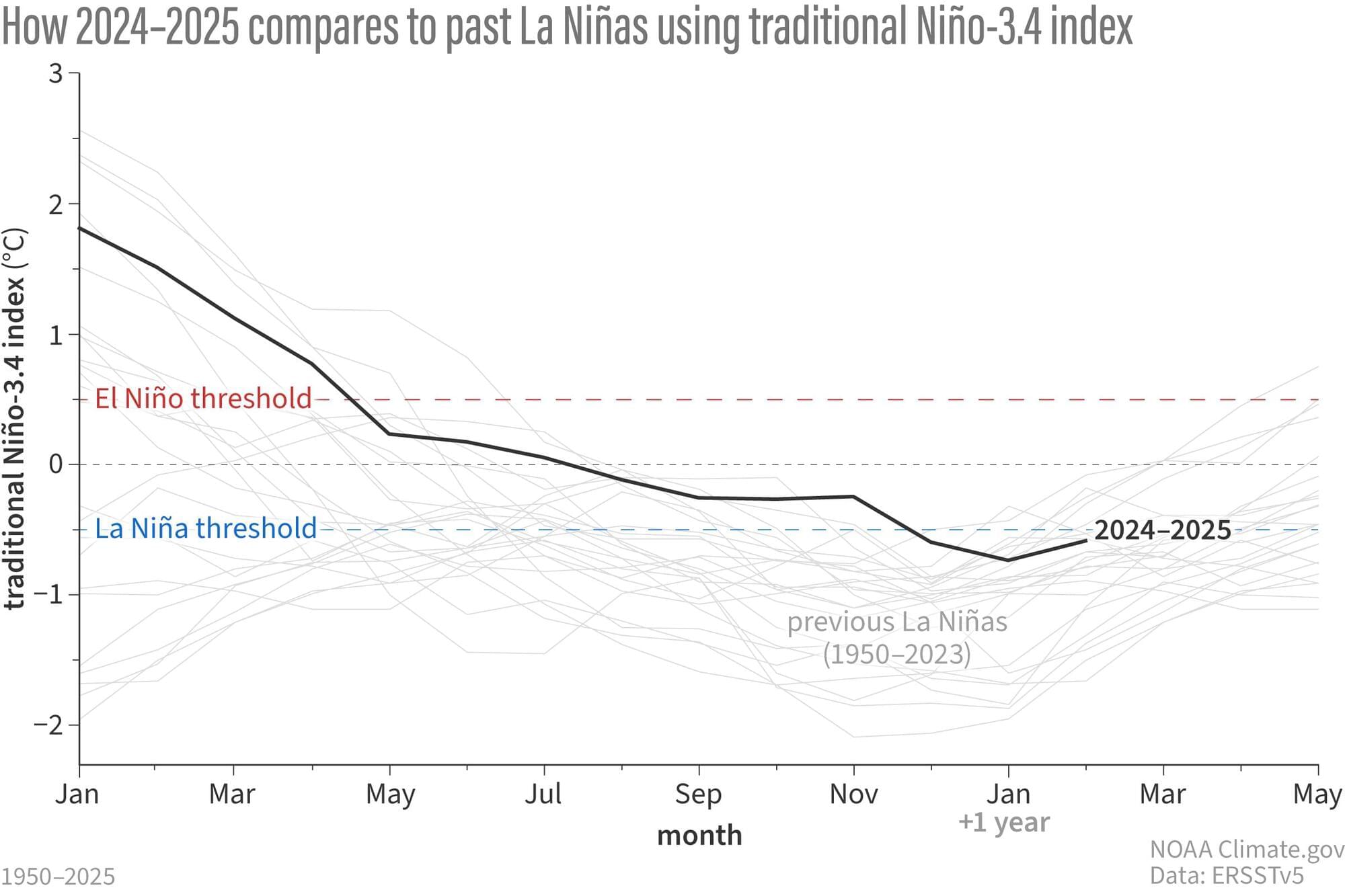When groups make decisions—whether it’s humans aligning on a shared idea, robots coordinating tasks, or fish deciding where to swim—not everyone contributes equally. Some individuals have more reliable information, whereas others are more connected and have higher social influence.
A new study by researchers at the Cluster of Excellence Science of Intelligence shows that a combination of uncertainty and heterogeneity plays a crucial role in how groups reach consensus.
The findings, published in Scientific Reports by Vito Mengers, Mohsen Raoufi, Oliver Brock, Heiko Hamann, and Pawel Romanczuk, show that groups make faster and more accurate decisions when individuals factor in not only the opinions of their neighbors but also their confidence about these opinions and how connected those others are within the group.
